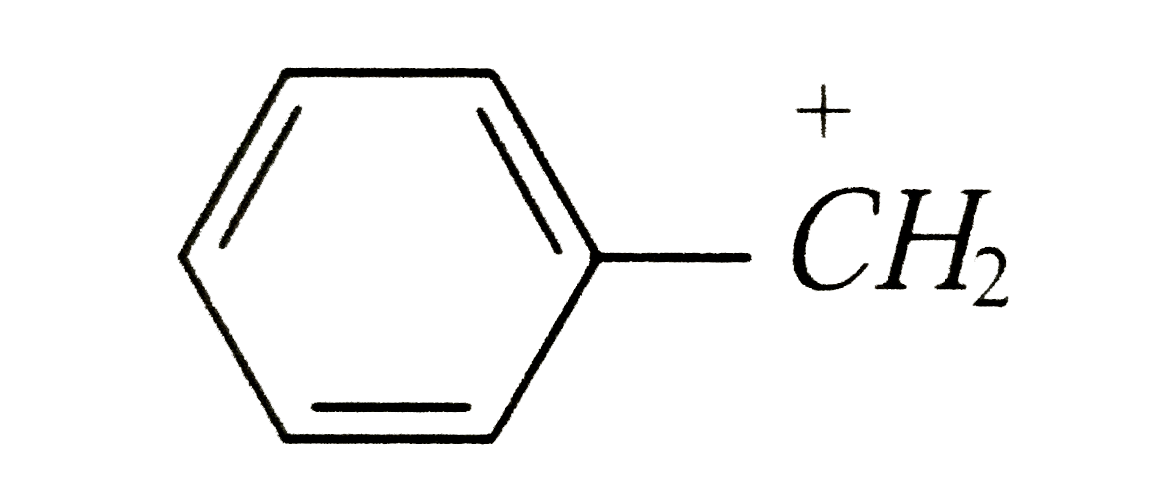What is the hybridisation state of B and N in inorganic benzene respectively ?
and
and
Both have
Both have
The correct Answer is:C
To determine the hybridization state of boron (B) and nitrogen (N) in inorganic benzene (boragene, B3N3H3), we can follow these steps:
Step 1: Understand the Structure of Inorganic Benzene
Inorganic benzene, also known as boragene, has a cyclic structure similar to benzene but consists of alternating boron and nitrogen atoms. The chemical formula is B3N3H3, indicating three boron atoms and three nitrogen atoms in a hexagonal arrangement.
Hint: Remember that the structure of boragene is similar to benzene but includes boron and nitrogen atoms.
Step 2: Identify the Hybridization of Boron
Boron in boragene is bonded to one hydrogen atom and two nitrogen atoms. To determine the hybridization:
- Count the number of regions of electron density around the boron atom. Boron has three bonds (one with hydrogen and two with nitrogen).
- The hybridization can be determined using the formula:
Hybridization=Number of bonds+Lone pairs
- Here, boron has 3 regions of electron density, which corresponds to sp2 hybridization.
Hint: For boron, count the bonds it forms and remember that three bonds indicate sp2 hybridization.
Step 3: Identify the Hybridization of Nitrogen
Each nitrogen atom in boragene is bonded to one boron atom and one hydrogen atom. To determine the hybridization:
- Each nitrogen atom also has one lone pair.
- Count the regions of electron density around the nitrogen atom. Each nitrogen has two bonds (one with boron and one with hydrogen) and one lone pair.
- Using the same formula:
Hybridization=Number of bonds+Lone pairs
- Here, nitrogen has 3 regions of electron density, which corresponds to sp2 hybridization.
Hint: For nitrogen, consider both the bonds and the lone pairs to determine its hybridization state.
Final Answer
- The hybridization state of boron (B) in inorganic benzene is sp2.
- The hybridization state of nitrogen (N) in inorganic benzene is also sp2.
Inorganic benzene, also known as boragene, has a cyclic structure similar to benzene but consists of alternating boron and nitrogen atoms. The chemical formula is B3N3H3, indicating three boron atoms and three nitrogen atoms in a hexagonal arrangement.
Boron in boragene is bonded to one hydrogen atom and two nitrogen atoms. To determine the hybridization:
- Count the number of regions of electron density around the boron atom. Boron has three bonds (one with hydrogen and two with nitrogen).
- The hybridization can be determined using the formula:
Hybridization=Number of bonds+Lone pairs
- Here, boron has 3 regions of electron density, which corresponds to sp2 hybridization.
Each nitrogen atom in boragene is bonded to one boron atom and one hydrogen atom. To determine the hybridization:
- Each nitrogen atom also has one lone pair.
- Count the regions of electron density around the nitrogen atom. Each nitrogen has two bonds (one with boron and one with hydrogen) and one lone pair.
- Using the same formula:
Hybridization=Number of bonds+Lone pairs
- Here, nitrogen has 3 regions of electron density, which corresponds to sp2 hybridization.
- The hybridization state of boron (B) in inorganic benzene is sp2.
- The hybridization state of nitrogen (N) in inorganic benzene is also sp2.
Similar Questions
Knowledge Check
Inorganic benzene is
AB3N3H12BB3N3H6C(BN)6DC6H6Cl6In amines, the hybridisation state of N is
AspBsp2Csp3Dsp2d.What is the hybridisation state of N - atom in piperdine
 AspBsp2Csp3Ddsp2
AspBsp2Csp3Ddsp2

